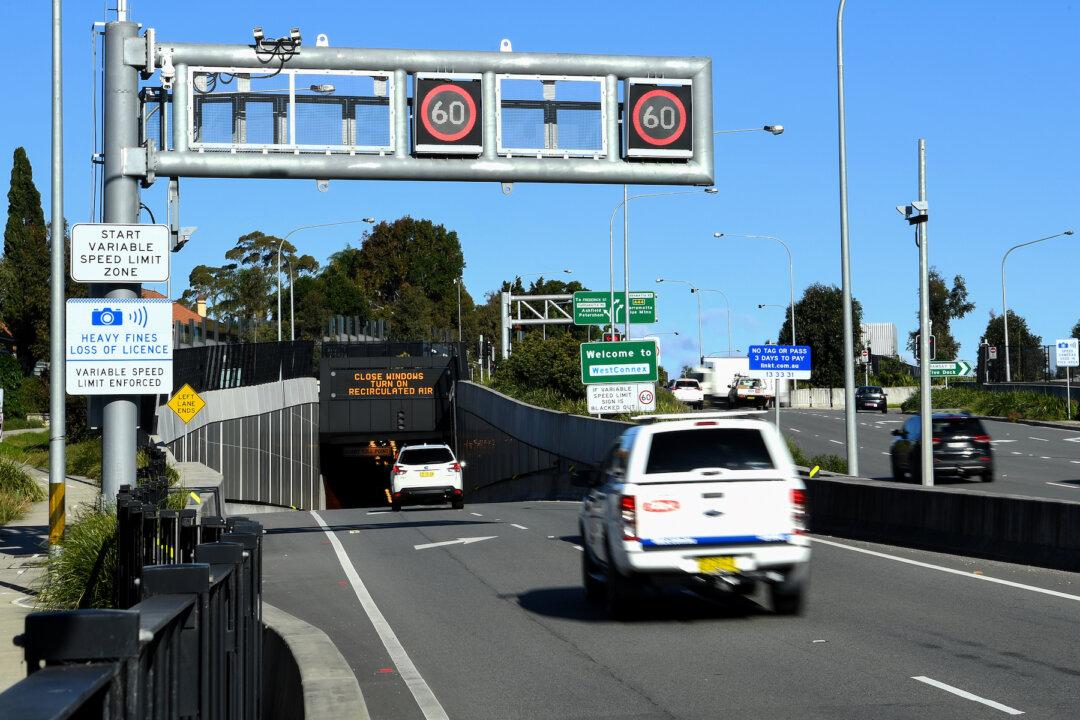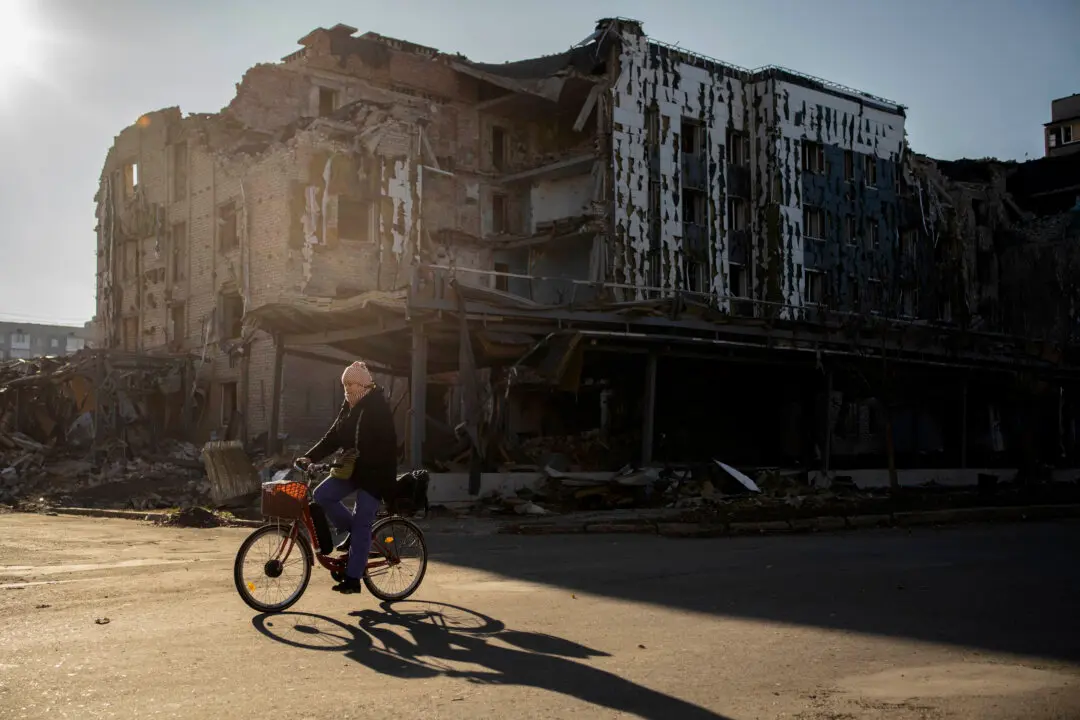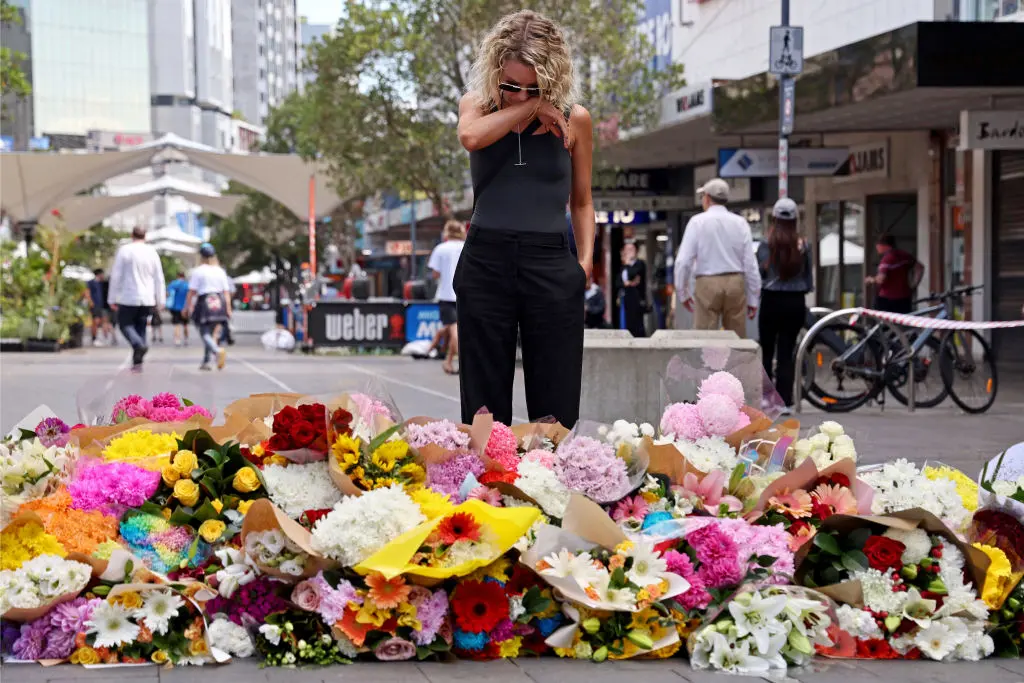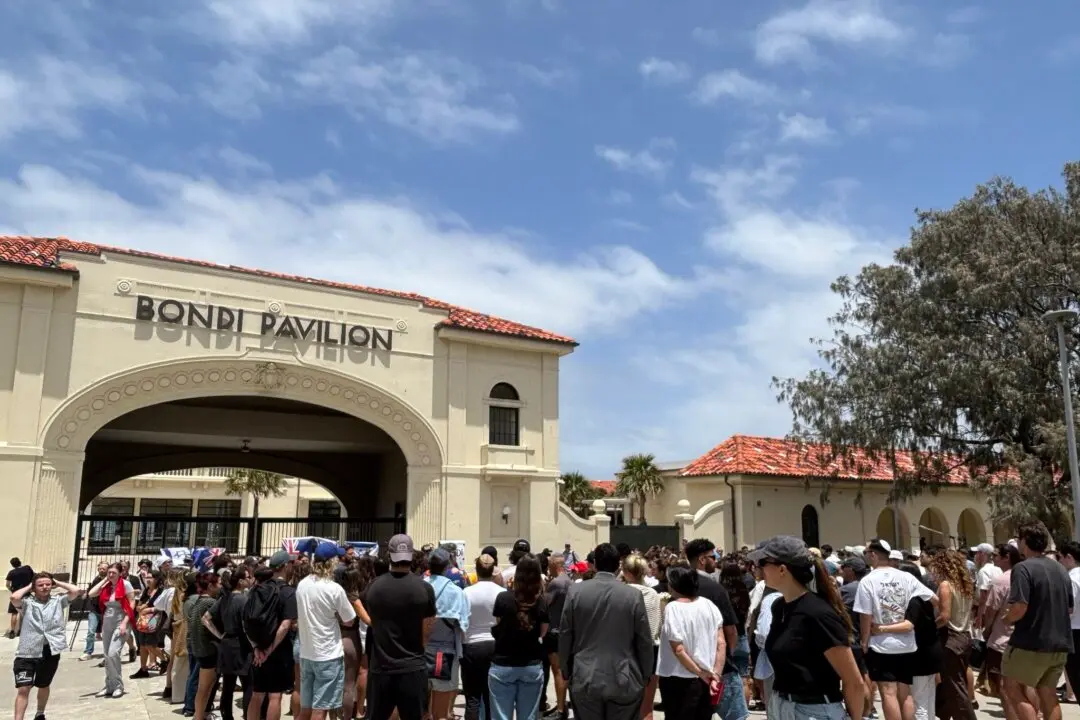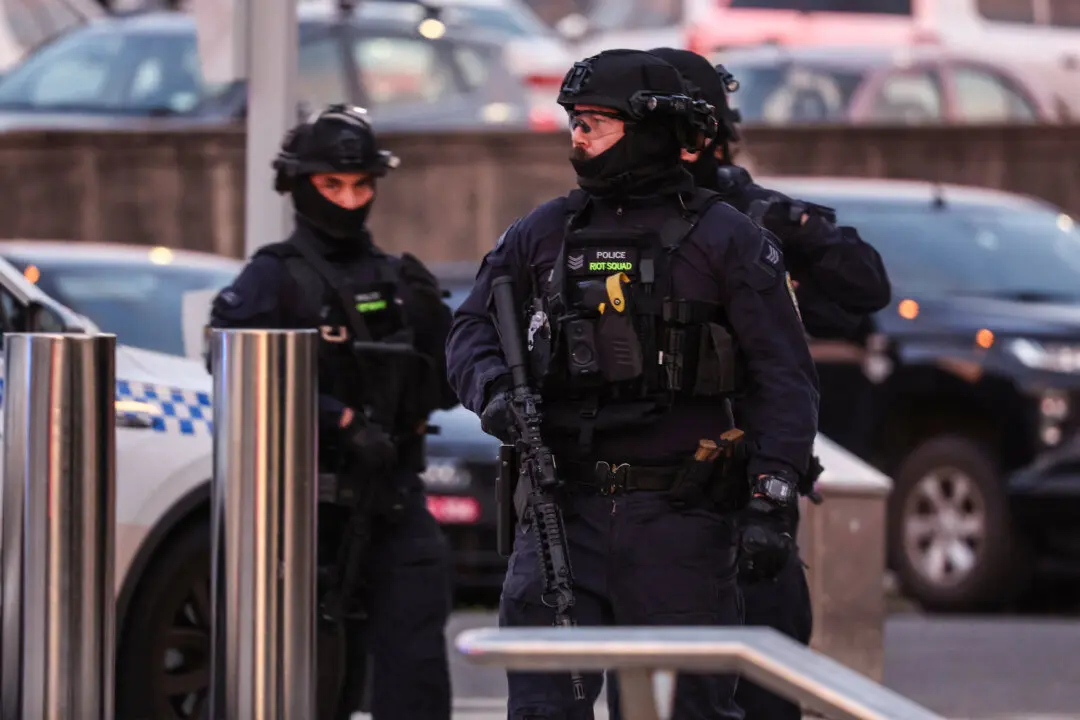More than 700,000 drivers are expected to share in $560 million (US$370 million) in cost-of-living assistance under a New South Wales (NSW) toll relief scheme.
But cars registered with businesses, rideshares, taxis and heavy vehicles will be ineligible for the $60 (US$40) toll cap, which starts on Jan. 1.
